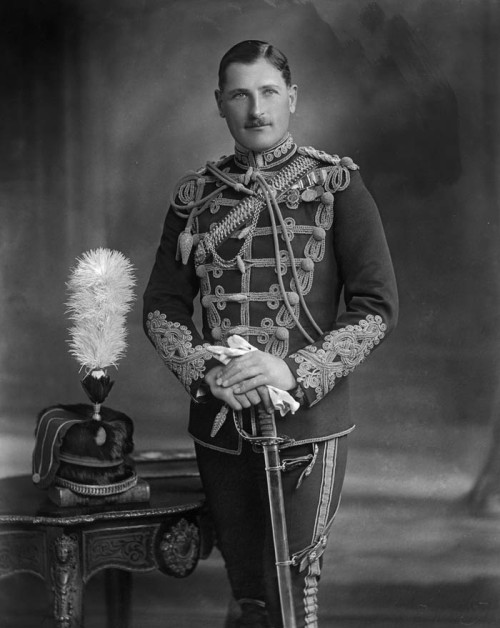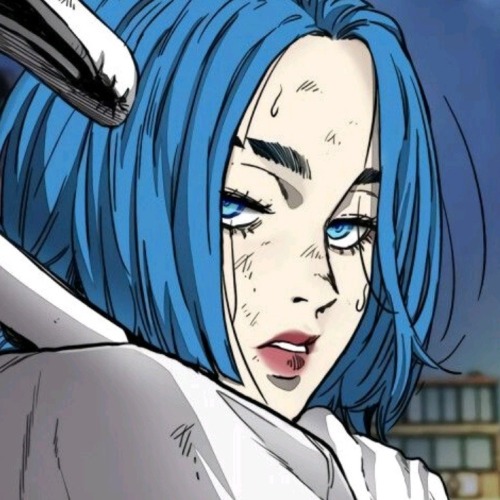#light cavalry
Lieutenant-Colonel John Donald Hamill Stewart of the 11th Hussars
Stewart photographed when Colonel of the 11th Hussars.
Lt-Col. Stewart accompanied General Charles Gordon to Khartoum during the Sudan crises in 1884. Gordon was in charge of the task of evacuating all British and European personnel from the Sudanese capital in the face of the Mahdist uprising.
During the subsequent siege of the Khartoum by the Mahdist forces Col. Stewart lead a group aboard a steamer in fleeing the city. The steamer was to hit rocks and become grounded and all aboard were massacred.
Post link
Captain William Guy Horne of the 10th Hussars
The photograph was taken Circa 1921 - 1927 by the Lafayette Studio, 160 New Bond Street, London.
Captain Horne had served in the 19th Hussars in the First World War before transferring to the 11th Hussars in 1919.
For further information and the source of the image and information used please see the following:-
http://lafayette.org.uk/hor8341.html
Image is subject to copyright of the Victoria & Albert Museum. For further information on using or requesting copies of any images please contact the V&A Picture Library: [email protected] including the URL of the relevant page.
Post link
Following on from my posts on sword grips, here is a size comparison between the heavy and light cavalry trooper swords of the French and British Napoleonic armies.
From top to bottom:
French Model An XIII Sabre of the line, - used by Dragoons and Cuirassiers
Originally this blade would have been issued with a hatchet point making it slightly longer. However, by 1814 field modifying them into spear points became common and in 1816 this became an official modification, getting retroactively applied to swords in service.
- Total Length: 1120mm
- Blade Length: 960mm
- Sword Weight: 1300 grams
British 1796 Pattern Heavy Cavalry Sword
Based on the Austrian model 1769 the British sword was originally issued with a hatchet tip. However, like their French opponents, field modification into a spear point became common practice to make the sword more effective in the thrust.
- Total Length: 1020mm
- Blade Length: 890mm
- Sword Weight: 1020 grams
French model An XI, - used by ‘Hunters on horse’, Hussars, Lancers, and Mounted Artillery
Introduced in year eleven (1802) of the Revolutionary calendar the AN XI came about as a rationalisation of the different models of light cavalry sabres in service to meet the supply demands of near constant warfare the new French state found itself in.
- Total Length: 1010mm
- Blade Length: 870mm
- Sword Weight: 1190 grams
British 1796 Pattern Light Cavalry Sabre, - used by Light Dragoons and Mounted Artillery
Designed by John Gaspard le Merchant with cooperation from Henry Osborn in response to complaints of British cavalry troopers on the poor performance of their 1788 pattern sabres. Based loosely on Eastern European sabres the 1796 LC proved to be a hard hitting sword and immensely popular.
- Total Length: 945mm
- Blade Length: 820mm
- Sword Weight: 880 grams

Post link
The Osborn ‘Flank’ Officer’s Sabre of the Georgian Period. Henry Osborn (C.1785-1807) is one of the most famous sword cutlers in Georgian Britain. They partnered with Gunby in 1808, becoming Osborn & Gunby (C.1808-1820). These sabres have an average of a 10cm curve. Used by Officer’s of the Light Cavalry and Infantry as a frock/dress/fighting sword. A 10cm curved blade is one of the most curved styles of sabre in British Regiments, being highly irregular, rare and practically unusable in fighting circumstances. These sabres were based off the famous, well-liked and popular 1796 Pattern Light Cavalry Sabre, but sized-down for infantry/dress. Also highly inspired by Shamshirs, following the 1798-1801 Egyptian Campaign, copying the Mameluke-style, being unfullered and highly curved. Most have stirrup-hilts or D-guards
A wonderful graphic compiled by Dynogone showing the variation in a style of sabre that became hugely fashionable with British Officers of the late 18th to early 19th Century. These curved sabres which incorporate features of Middle Eastern and Hussar swords came into popularity in the 1790s and would have persisted until the mid 1820′s when new patterns of swords for infantry and cavalry officers resulted in changes to dress regulations.
Post link













